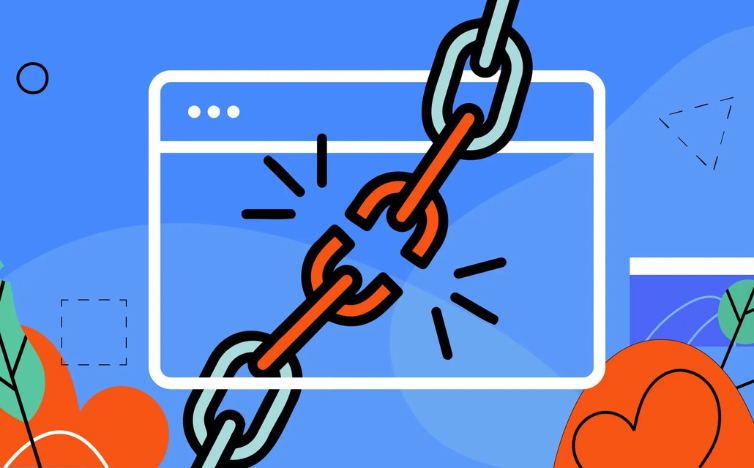Below are essential technical SEO tips that will help you boost your website’s performance. These strategies focus on optimizing different aspects of your site, from loading speed to mobile compatibility, ensuring a better user experience and higher search engine rankings. Implementing these tips will make your website more search engine-friendly and improve its overall visibility.
1. Optimize Your Website’s Loading Speed
Website speed is crucial for both user experience and search engine rankings. Slow websites can lead to high bounce rates, negatively impacting your SEO. To enhance loading speed:
- Compress images using tools like TinyPNG or ImageOptim.
- Minify CSS, JavaScript, and HTML code to reduce file sizes.
- Enable browser caching to allow returning visitors to load the site faster.
- Use a Content Delivery Network (CDN) to serve content faster to global users.
2. Implement Mobile Optimization
With the majority of searches happening on mobile devices, a mobile-friendly website is a must. Google uses mobile-first indexing, meaning the mobile version of your site is the primary version considered for rankings. Key tips include:
- Use a responsive web design that adjusts to various screen sizes.
- Optimize images and videos for mobile display.
- Avoid using intrusive pop-ups that can disrupt mobile users.
- Check your site’s mobile usability with Google’s Mobile-Friendly Test tool.
3. Use HTTPS for Secure Websites
Security is a ranking factor, and using HTTPS instead of HTTP is a basic yet critical technical SEO practice. HTTPS ensures secure communication between the server and the browser, which is essential for user trust. To switch to HTTPS:
- Install an SSL certificate from a trusted provider.
- Redirect all HTTP pages to HTTPS versions using 301 redirects.
- Update internal links to reflect HTTPS URLs.
4. Fix Broken Links and Crawl Errors
Broken links can damage your site’s user experience and SEO. Regularly audit your website to identify and fix 404 errors and other broken links. Use tools like Google Search Console, Screaming Frog, or Ahrefs for crawling errors. Quick fixes:

- Replace or remove broken links.
- Set up 301 redirects for pages that have moved or been deleted.
- Update outdated content that contains links to removed resources.
5. Implement Structured Data Markup
Structured data helps search engines understand your content better, leading to enhanced search results, such as rich snippets. Use schema markup to add structured data:
- Implement JSON-LD for structured data in the HTML.
- Use Google’s Structured Data Testing Tool to validate your markup.
- Focus on adding relevant schema types like “Article,” “Product,” or “FAQ” to boost your SEO.
6. Optimize Your XML Sitemap
An XML sitemap helps search engines navigate your website efficiently. Keep your sitemap updated and free of errors:
- Include all important pages that you want to be indexed.
- Remove pages with ‘noindex’ tags from the XML sitemap.
- Submit your sitemap in Google Search Console for proper indexing.
7. Enhance Internal Linking Structure
Internal linking is vital for improving website navigation and spreading link equity. Effective internal links help search engines understand the relationship between your content:
- Use relevant anchor texts that describe the target page.
- Link to older, related content within new articles to boost SEO.
- Ensure each page is reachable within three clicks from the homepage.
8. Optimize Your Robots.txt File
Your robots.txt file tells search engines which pages to crawl and which to ignore. A well-optimized robots.txt can prevent sensitive pages from being indexed:
- Block pages like admin panels or staging environments from search engines.
- Ensure critical pages are not accidentally blocked.
- Test your robots.txt file with Google’s Robots Testing Tool.
9. Check and Improve Core Web Vitals
Core Web Vitals are essential metrics for evaluating a site’s overall user experience. These include Largest Contentful Paint (LCP), First Input Delay (FID), and Cumulative Layout Shift (CLS). Tips to improve Core Web Vitals:
- Optimize your server response times for better LCP.
- Minimize JavaScript for reduced FID.
- Use size attributes for images to avoid layout shifts, improving CLS.
10. Utilize Canonical Tags for Duplicate Content
Duplicate content can harm your rankings by confusing search engines about which version to prioritize. Canonical tags solve this by specifying the preferred version of a webpage:
- Add
<link rel="canonical" href="URL">in the HTML of the preferred page. - Avoid duplicate URLs with query parameters by using canonical tags.
- Regularly audit your site to ensure all pages have proper canonical tags.
11. Leverage Lazy Loading for Media Content
Lazy loading delays the loading of images and videos until they are needed, speeding up your website. This is particularly useful for pages with a lot of visual content:
- Implement lazy loading for images using HTML attributes like
loading="lazy". - Use JavaScript libraries like
lazysizes.jsfor advanced lazy loading options. - Ensure lazy loading does not interfere with search engine indexing.
12. Conduct Regular Technical SEO Audits
Regular audits are crucial to maintain a high-performing website. Technical SEO audits help you spot errors and areas for improvement:
- Use tools like SEMrush, Ahrefs, or Moz for comprehensive audits.
- Pay attention to issues like page speed, mobile-friendliness, and crawl errors.
- Keep an eye on your competitors to understand their technical SEO strategies.
Call us: Contact us For SEO Services: +971 58 830 3415
By implementing these technical SEO tips, you can significantly enhance your website’s performance, improve user experience, and boost search engine rankings. Remember that technical SEO is an ongoing process that requires regular monitoring and updates.
